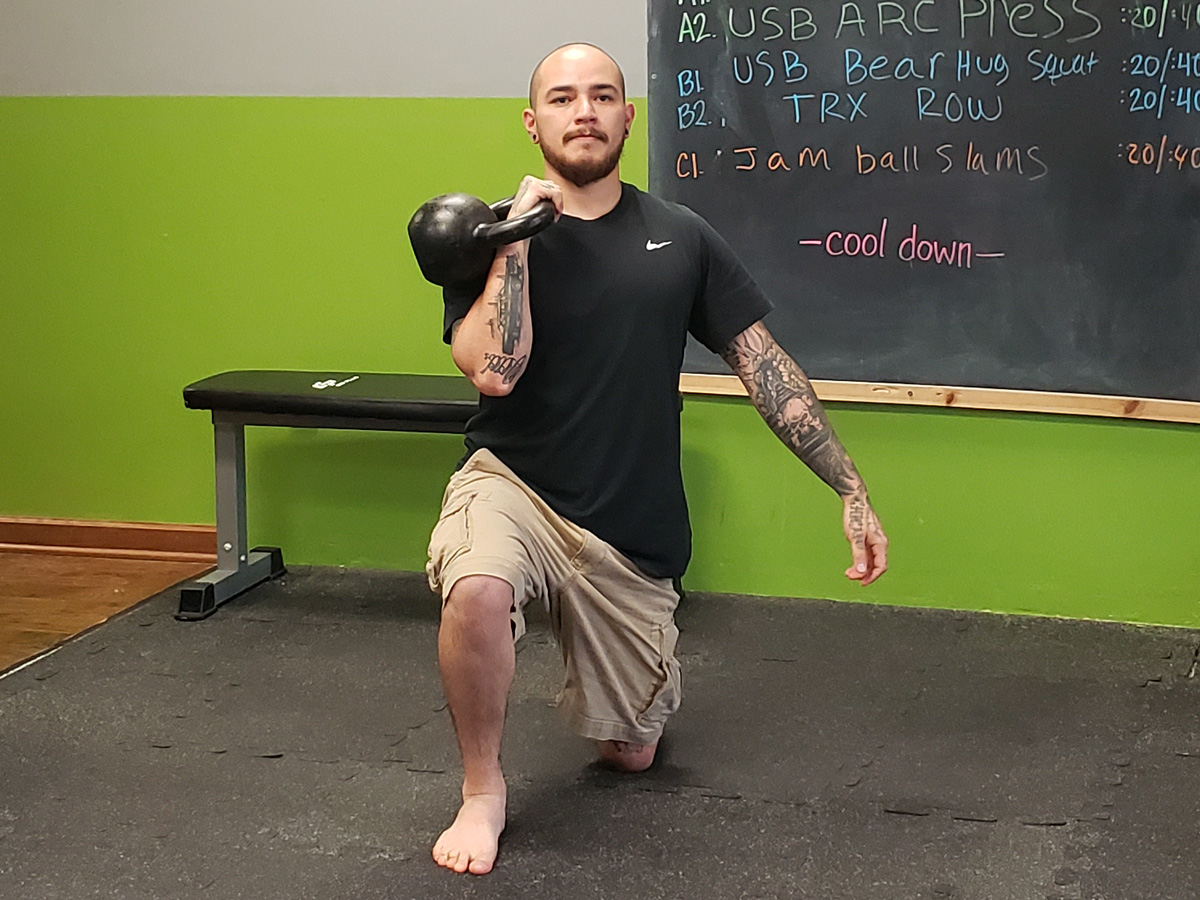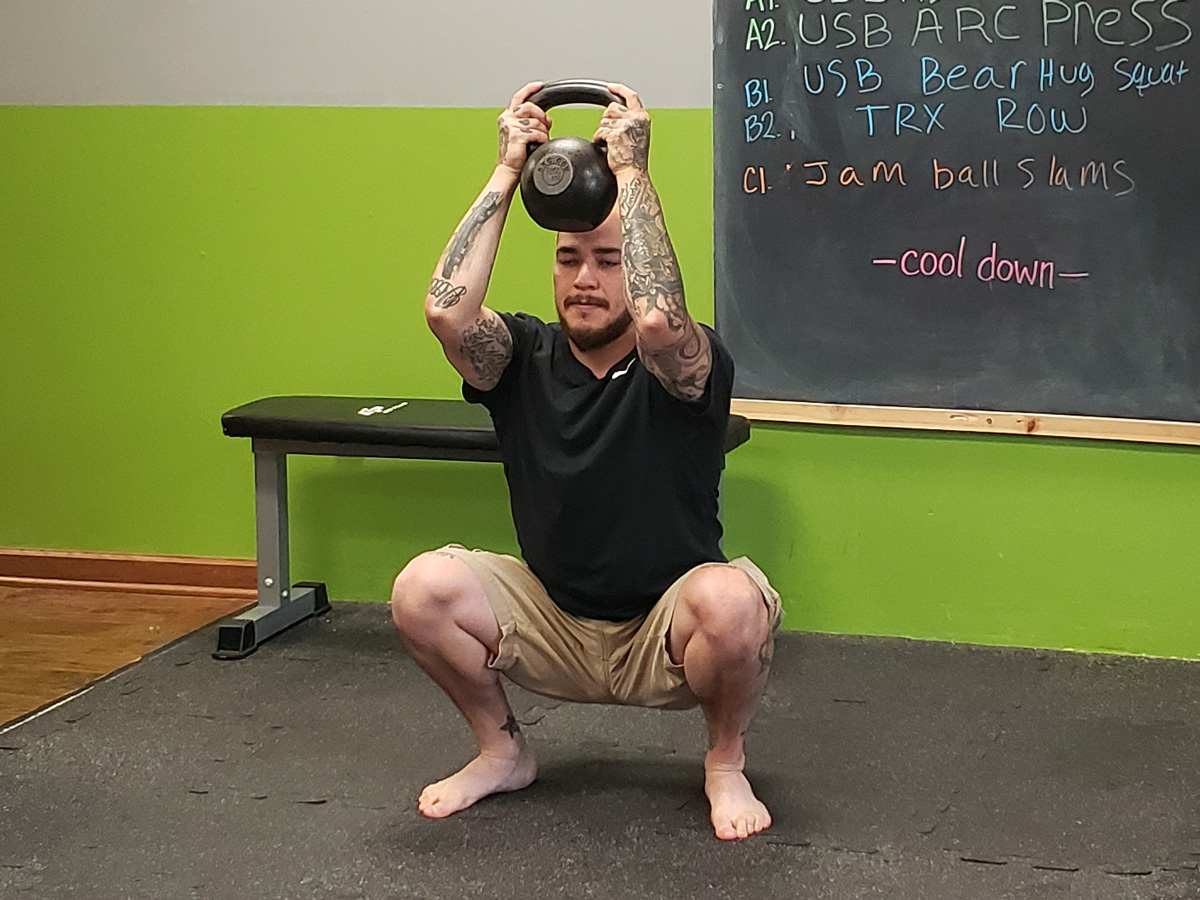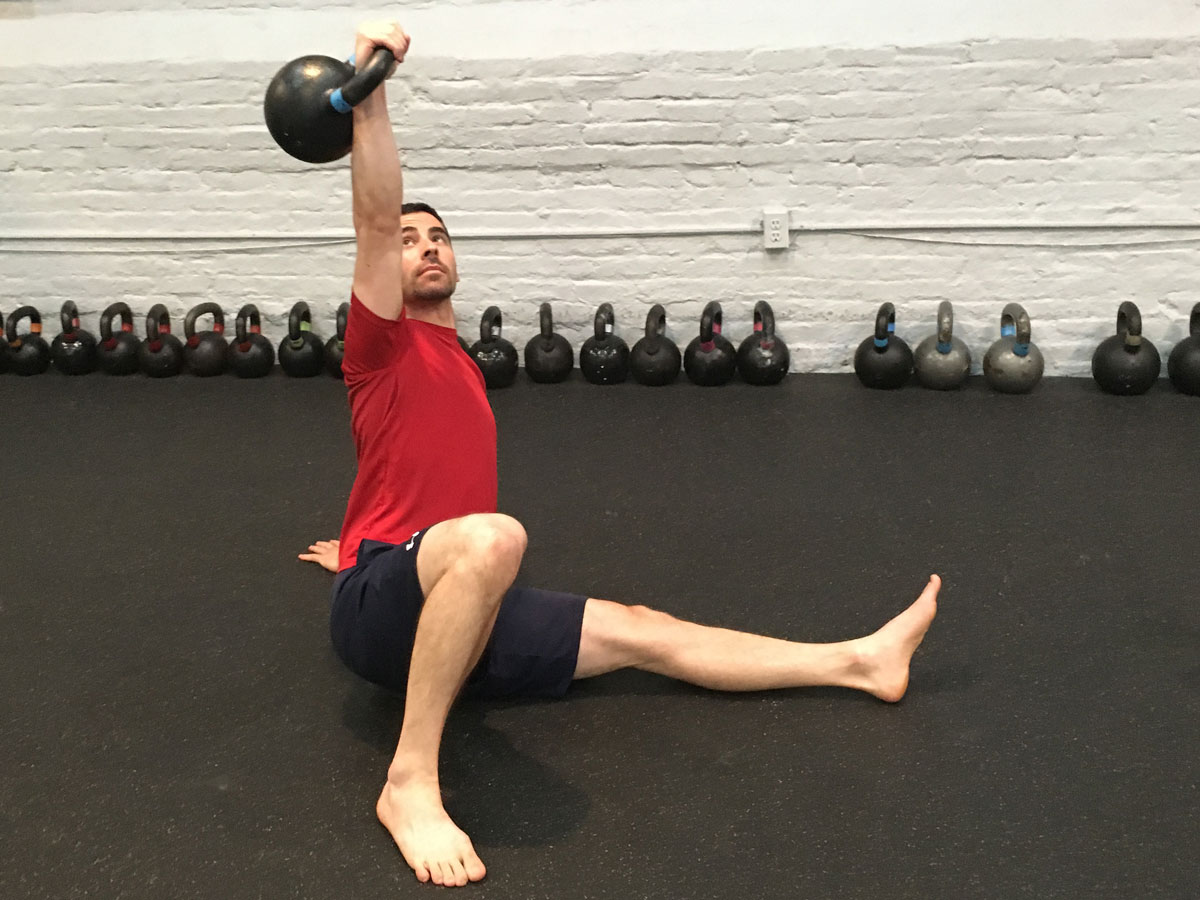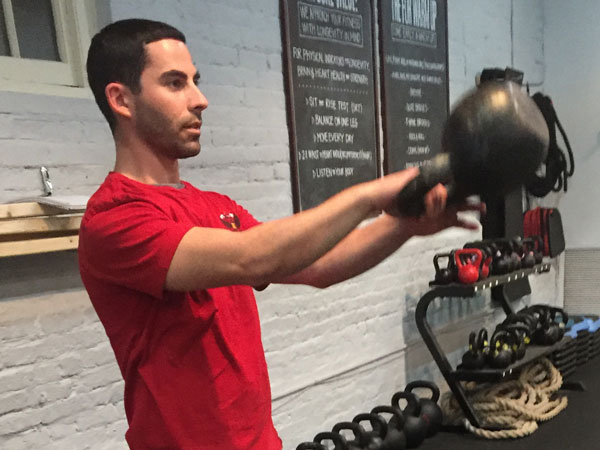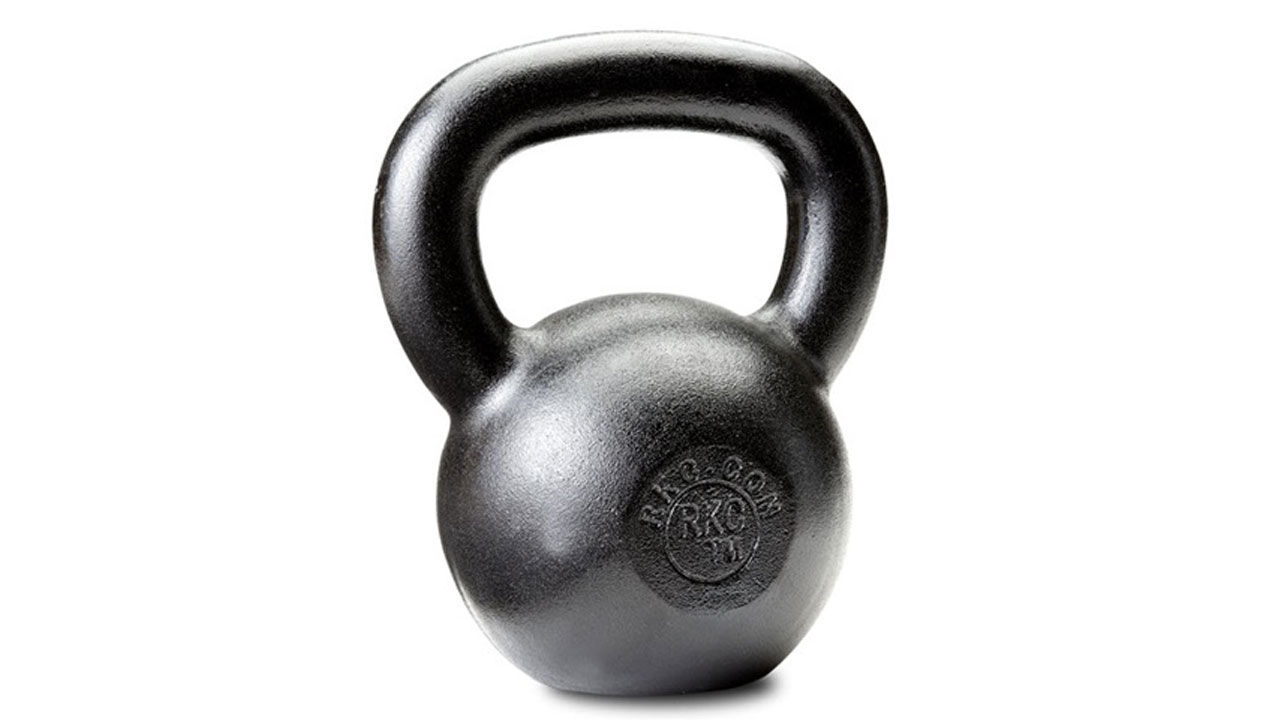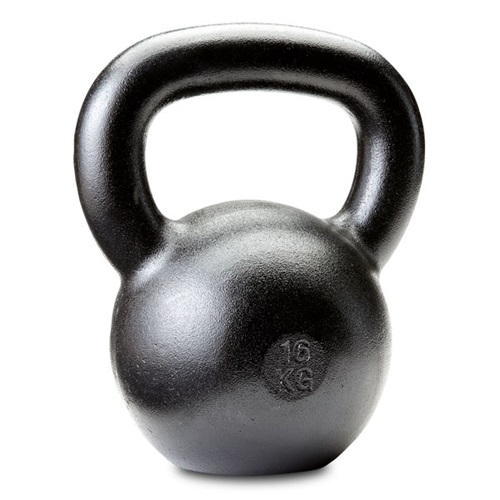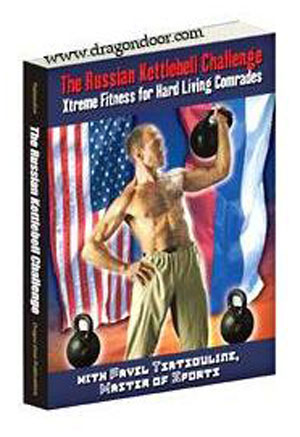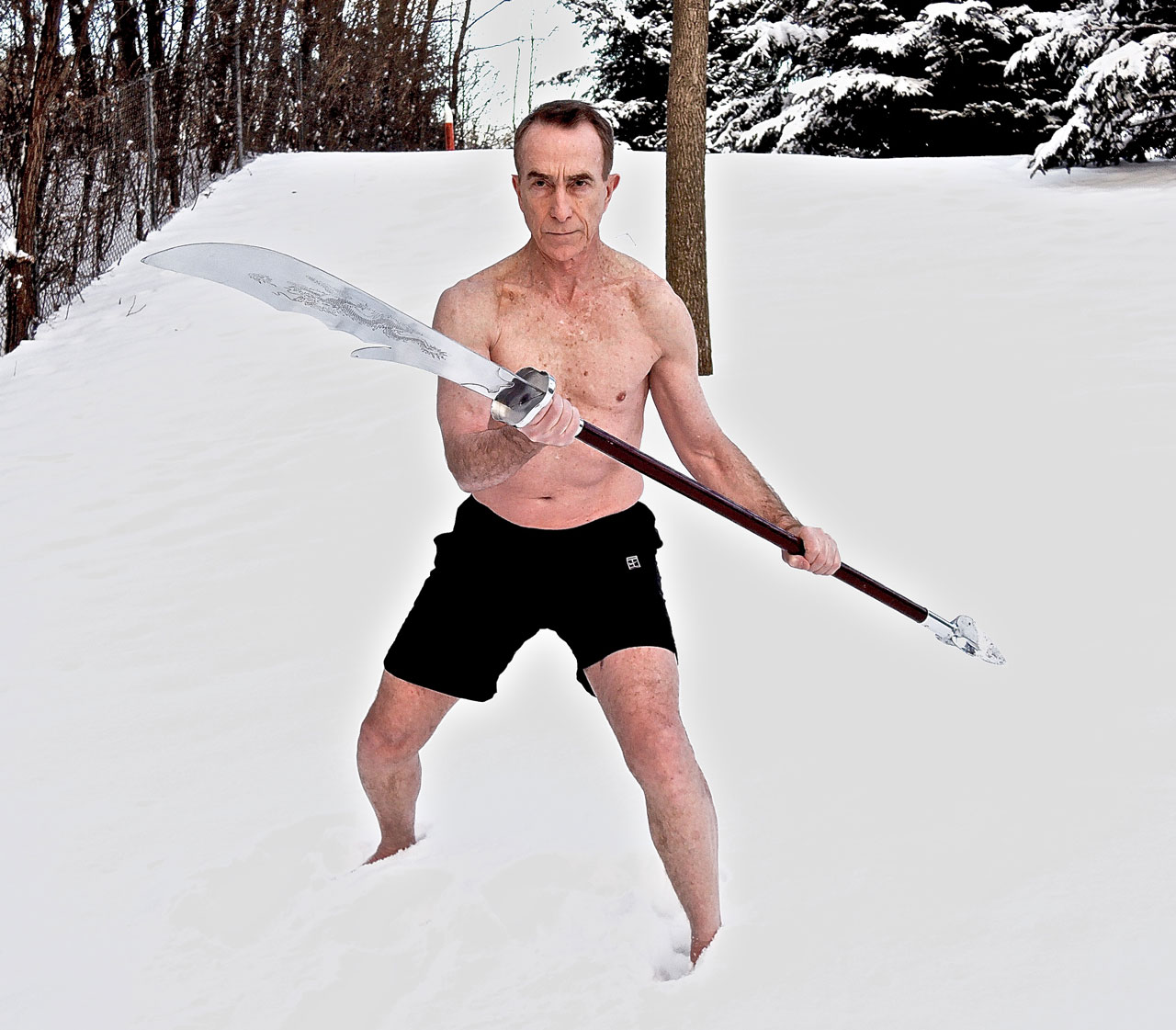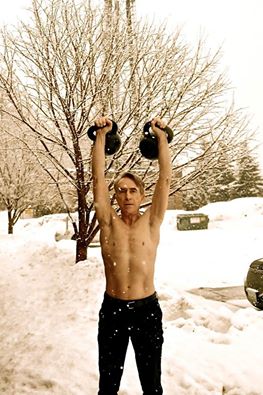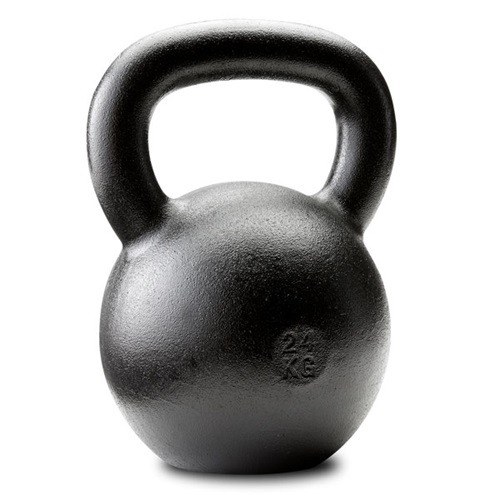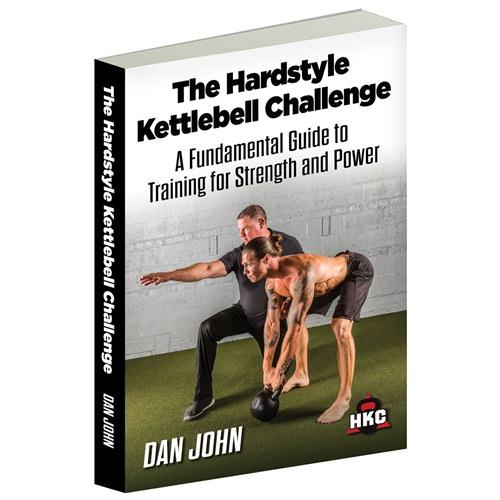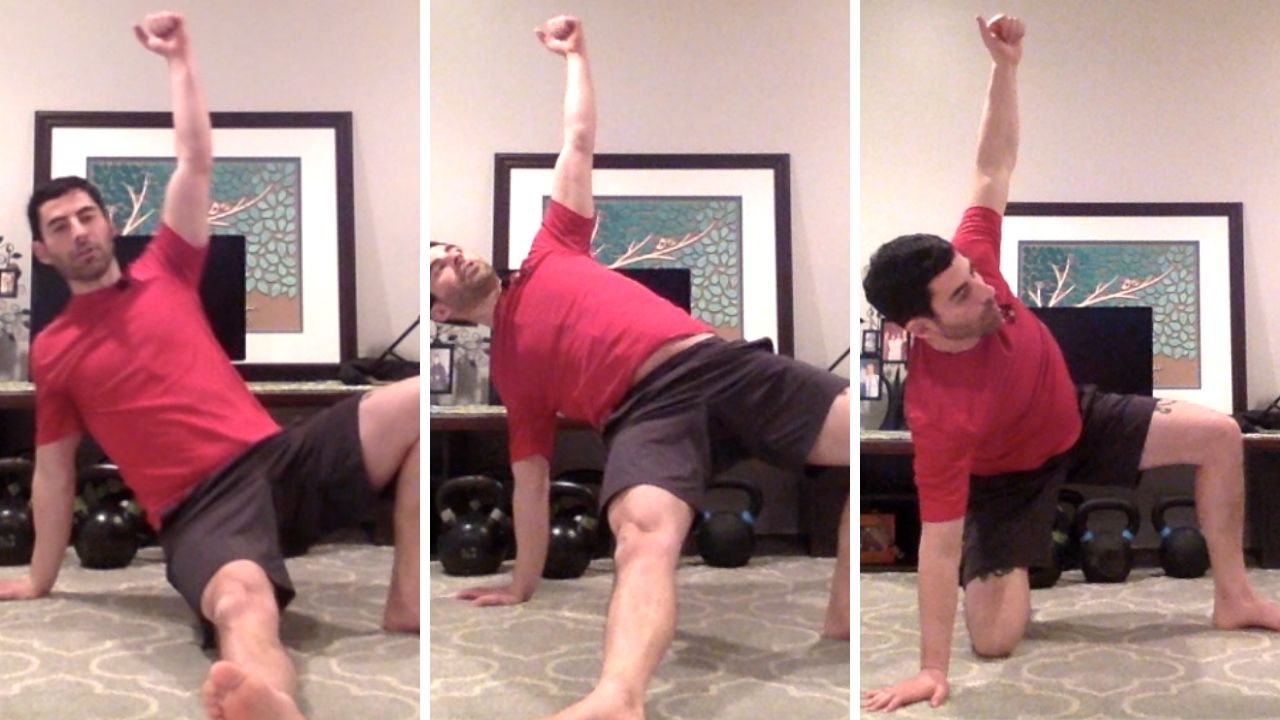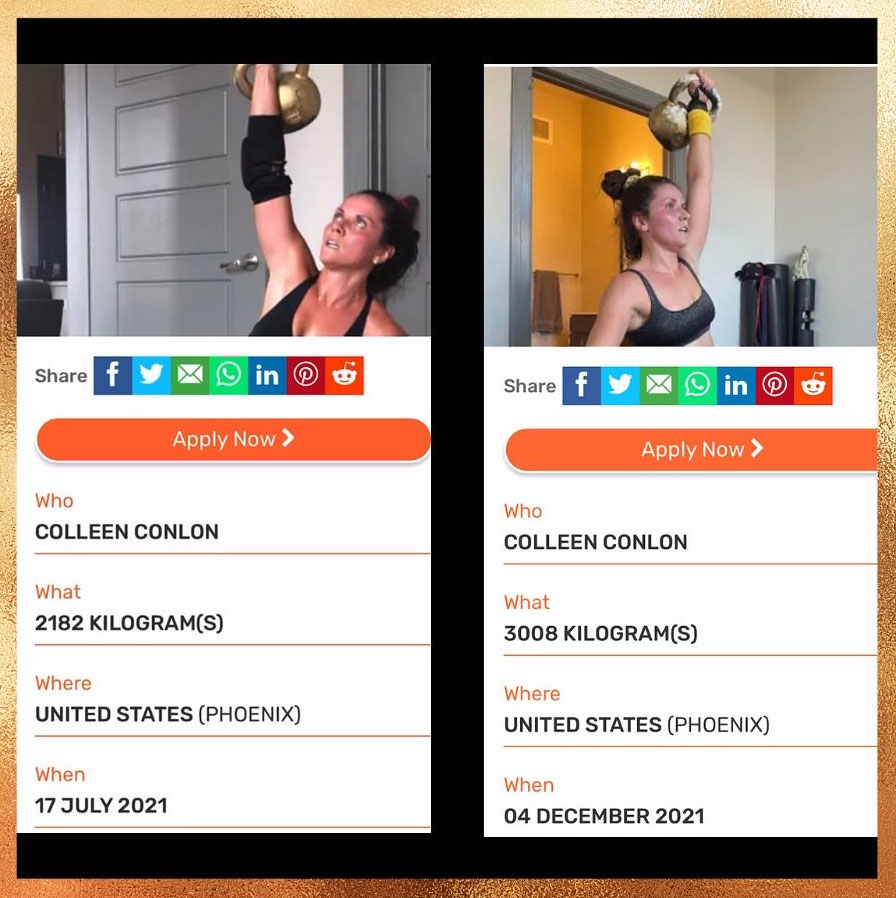
On July 17, 2021, I set the Guinness World Record for “Heaviest Weight Lifted by Turkish Get Up in One Hour (female).” I completed 133 Turkish get-ups in sixty minutes using a 16kg kettlebell. I finished lifting a total of 2,182 kilograms.
On December 4, I beat the record by completing 188 reps in the same time with the same bell. I finished lifting 3,008 kilograms.
The Journey Begins
During the 2020 lockdown, after transitioning my personal training business online, I decided it was time to step up my own kettlebell practice. I was already dead serious about my training, so I started thinking about what bigger goals I might have. At the time, I was doing a lot of kettlebell swings every-minute-on-the-minute (or “EMOM”), and thought to myself, “Is there a challenge for this?”
After some time passed, I went to the Guinness World Record website. I discovered a record listed as, “Heaviest Weight Lifted by Kettlebell Swing in One Hour.” I wondered if there was a record for the Turkish get-up. I searched further and found that there was—but not in the female category. All too often, we impose limitations on ourselves. I was determined to explore my true potential. I thought: “Why not me?”
After brooding in doubt for a few months, I sent in my application. In March of 2021, I began training for the Guinness World Record.
I worked with Senior RKC Annie Vo as my coach. Annie had beaten world records herself, and I knew she would be the perfect fit. In accordance with her programming, I did a lot of Turkish get-up EMOMs—some heavy and short, others long and light. My workouts lasted anywhere between 10-90 minutes. In approaching my goal, my initial game plan was to aim for 2-3 reps per minute with a 20kg bell and I trained as such, but my plan would have to change. It seems I failed to read the fine print.
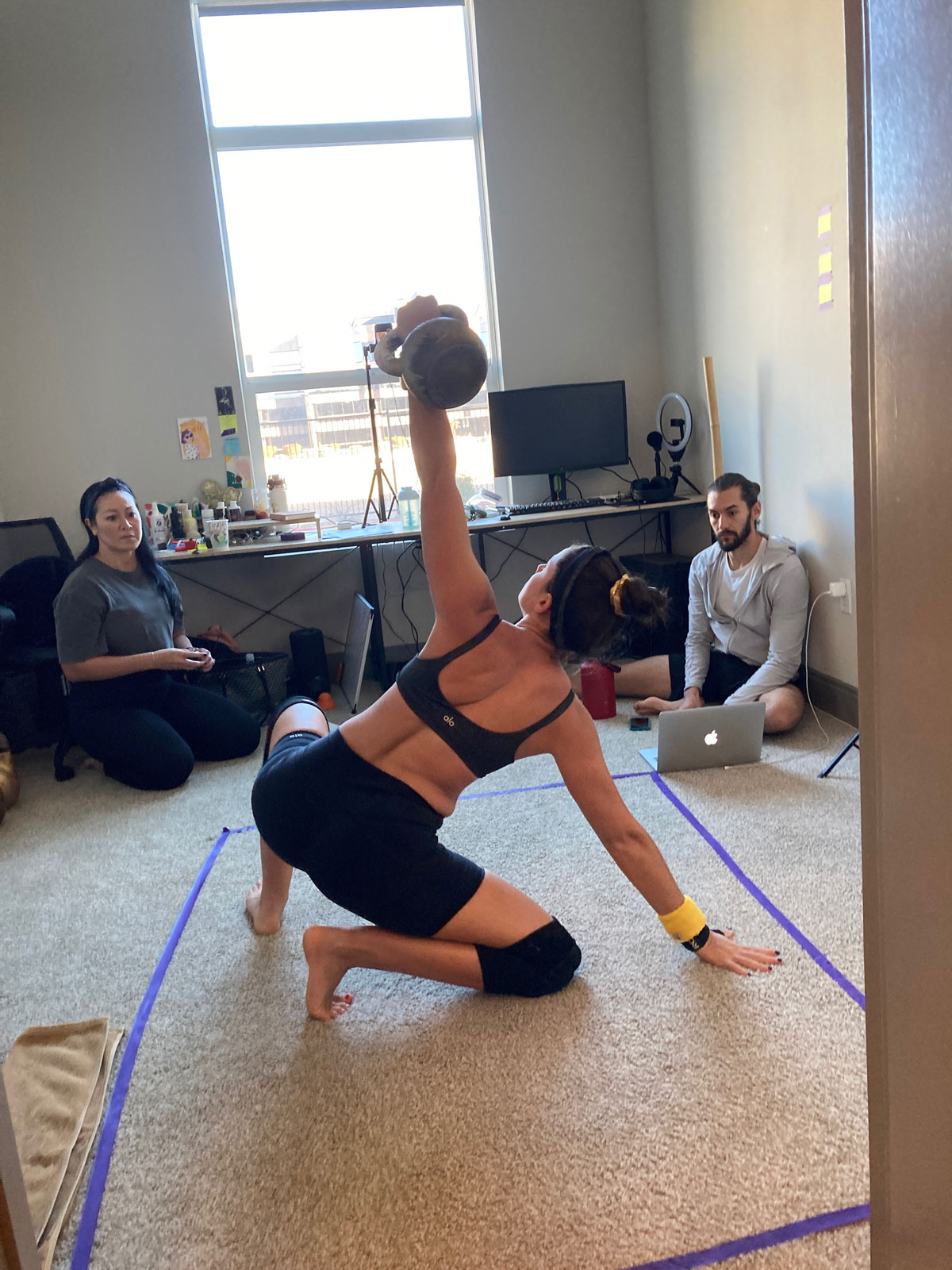
Expect the Unexpected
The week before I was prepared to set the record, I discovered that in order for a Turkish get-up to qualify for Guinness, the bell MUST be pressed up and brought down using only one arm. I was not prepared for this. Prior to this discovery, I had been using both arms to press. At the time, I couldn’t single arm press the 20kg. It was even a struggle to press the 16kg! I had only one week to prepare under my newly found circumstances. (Lesson learned: read the fine print!)
The day came. Annie flew out and I had no choice but to follow through. I kept my eyes on the prize and stuck with the plan, using only one arm to press. On July 17, 2021 I performed 133 Turkish get-ups, just over two per minute and set the Guinness World Record! While this first attempt was very exciting, I knew it wasn’t the best I could do. Had I known all the details up front, and trained accordingly, I could do better. The next several weeks were dedicated to push patterns.
Losing Myself
On December 4th, I did 188 Turkish get-ups, just over three per minute and smashed the current Guinness World Record, previously set by me! Breaking this record was the hardest thing I’ve ever done in my life, both physically and mentally. The first time, back in July, I knew I had more to give. This time, nothing remained inside me. I died and was reborn.
Although I never got to a point where I felt like I couldn’t do one more rep, I was maintaining 85% of my max effort for the entire hour. It felt as if I was crying on the inside. I took five mini-breaks and in those moments I saw darkness. It took everything in me to get out of my head and tell myself out loud, “YOU CAN DO THIS!” I never had an out of body experience before, but I did during this hour. I was told afterward that I was grunting and screaming at times, but I don’t remember.
One of the biggest things that helped was having my support team with me. My husband Tim, Annie, and Danny Kavadlo were all there to assist and cheer me on. If I were alone, I would’ve quit, but having Coach Vo by my side helped keep me in line. (Not to mention the fact that she flew across the country to be with me. I couldn’t let her down!)
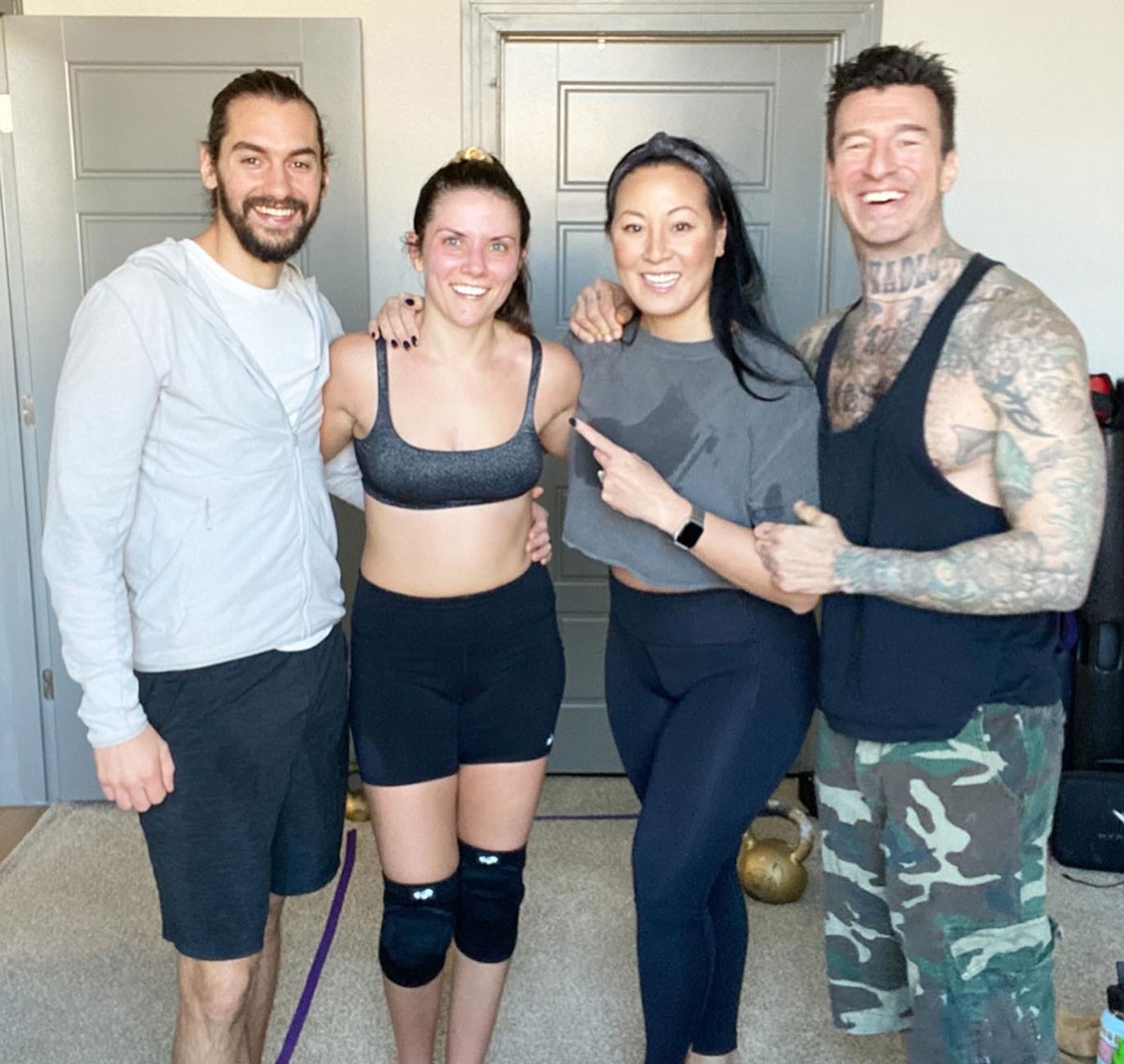
What I Learned
I am capable of doing hard things. Back when Annie and I were coming up with our game plan, we knew based on studying the male record, that three reps average per minute with the 16kg would give me the greatest number. On one of my first sessions in preparing for this record, I tried to do three per minute for 10 minutes with the 12kg and I failed. The thought of doing that with 16kg for an hour terrified me. But it’s from failure that we grow. Had I not been met with obstacles, I may not have grown as fierce. In the beginning, it was too hard for me, but with the right training plan, consist hard work, and the right coach, I was able to do it in the end.
Willpower is a muscle that you need to train. Every session on my own, I had to remind myself of my “why”. There were many moments I wanted to give up, especially during the last attempt, but because I spent so much time in the longer EMOMs, many of which were 90 minutes, my willpower muscle was well conditioned.
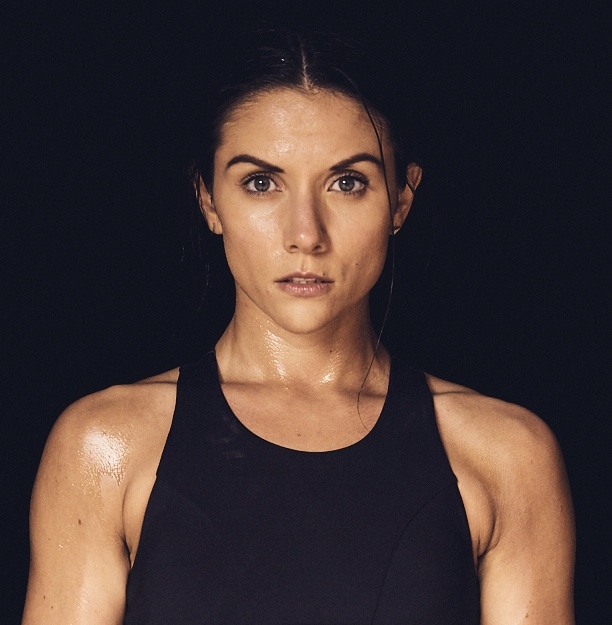
Find Your Fierce
We all have the ability to create our own reality. I wasn’t an athletic kid and I did not grow up playing sports. I never had a “Big Game” moment. Not even close. I realized that if I ever wanted that opportunity in adulthood, I had to create it for myself, so that is what I did.
If there is something you want, it’s probably not going to magically come to you. You have to go out there and make it happen, and you can. I know this because if I did it, so can you.
***
Follow Colleen Conlon, RKC-II, PCC on Instagram: https://www.instagram.com/iamcolleenconlon/

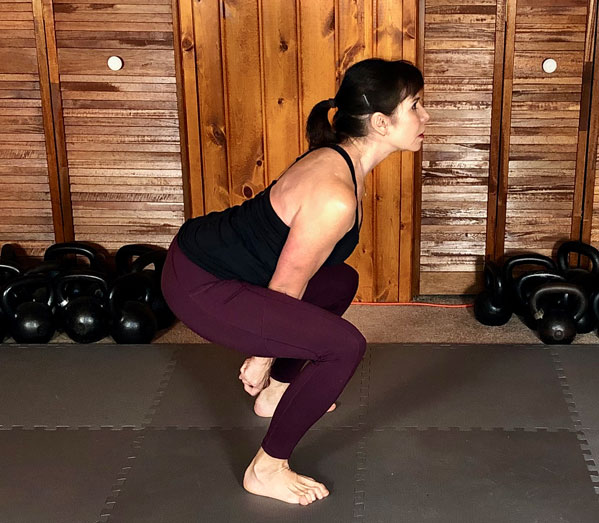

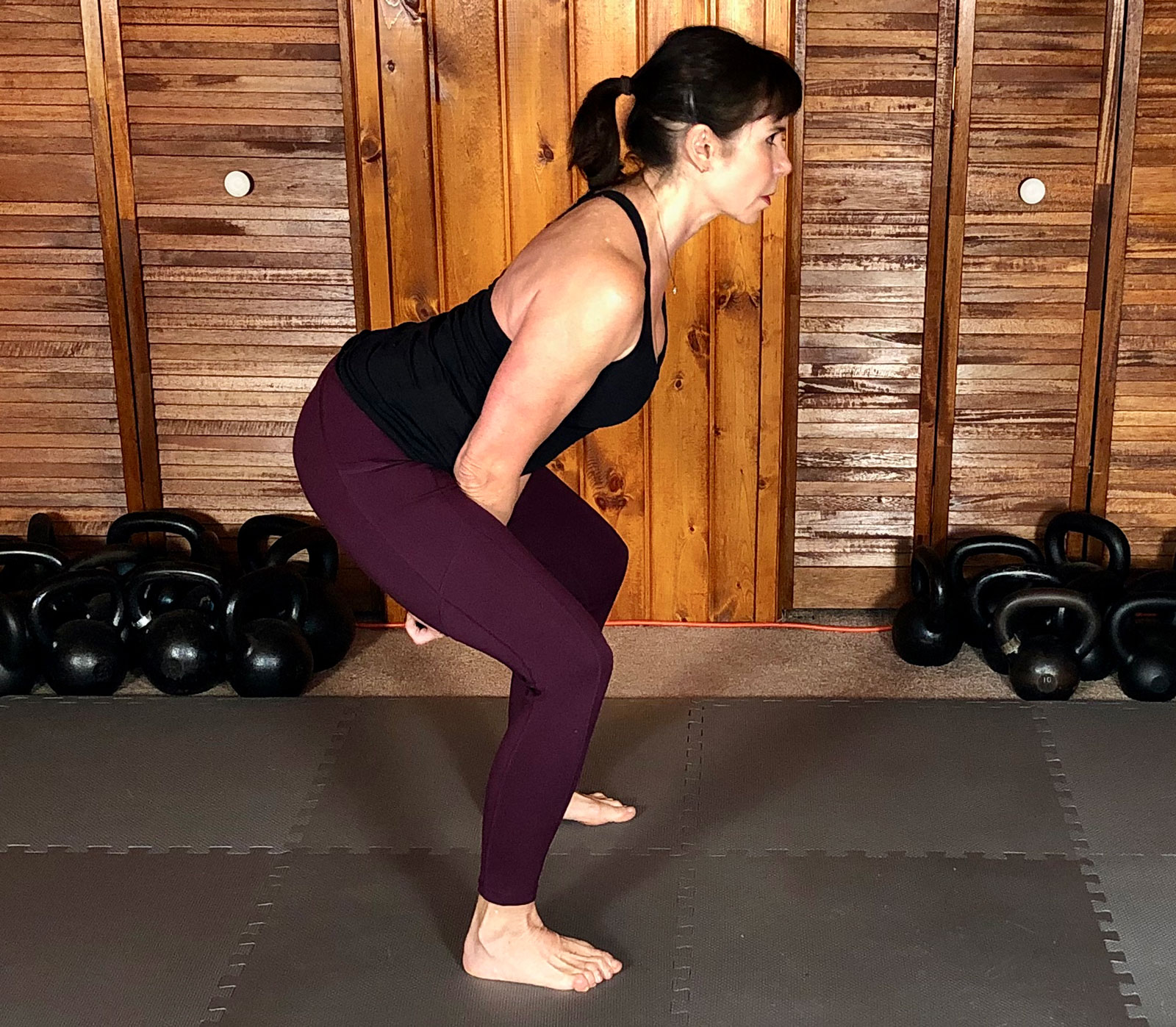

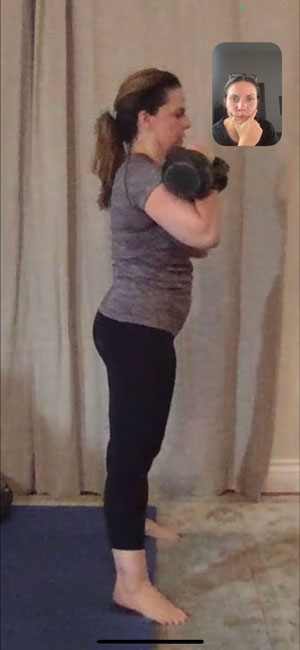 In NYC, there’s a coffee shop on every corner. They all get business! Some people want a bougie $9 cup of coffee, others want something cheap, some people want an experience where you sit down with a fireplace and soft music, then others want to go in and out. The virtual space gives us access to so many people who value different things! There are plenty of people to go around. You need to build your “coffee shop” so your ideal client can find their cup of coffee! All of my clients have come via Instagram because of how I’ve built out my page.
In NYC, there’s a coffee shop on every corner. They all get business! Some people want a bougie $9 cup of coffee, others want something cheap, some people want an experience where you sit down with a fireplace and soft music, then others want to go in and out. The virtual space gives us access to so many people who value different things! There are plenty of people to go around. You need to build your “coffee shop” so your ideal client can find their cup of coffee! All of my clients have come via Instagram because of how I’ve built out my page.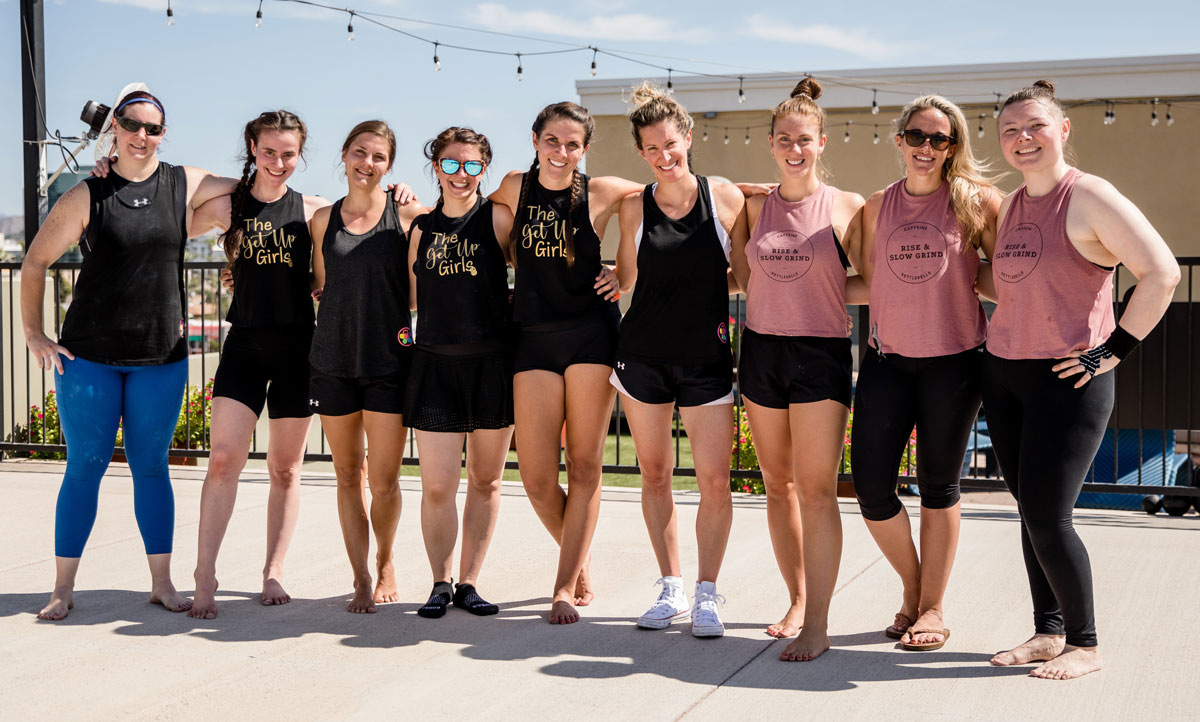
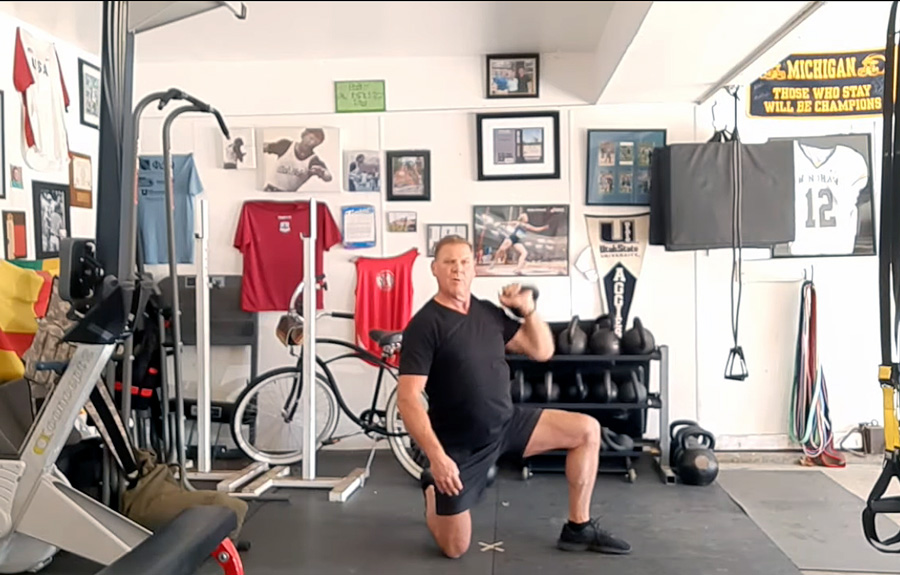
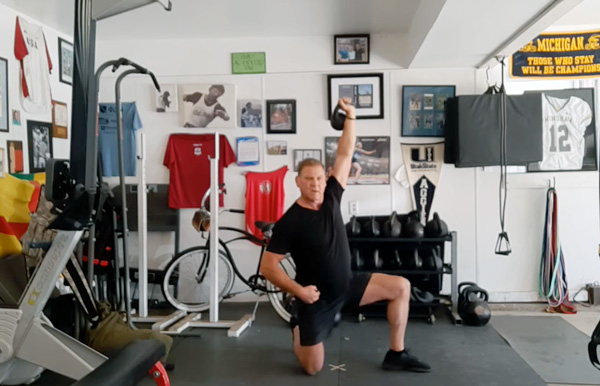

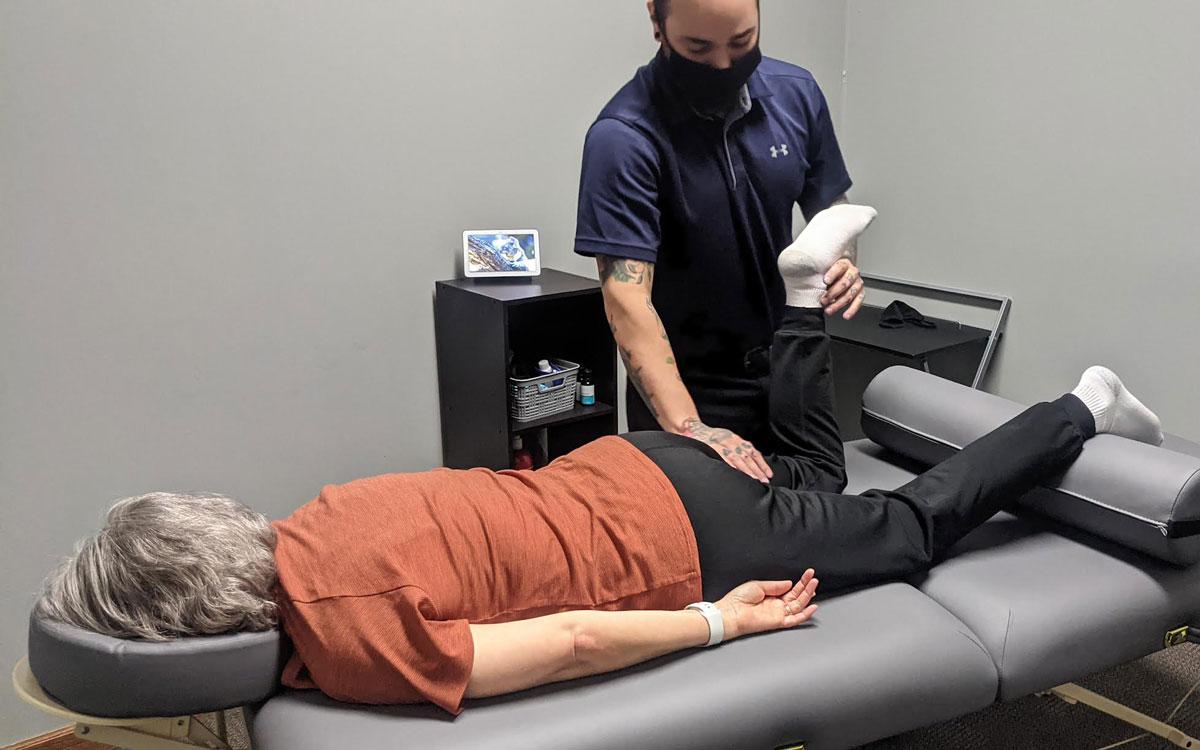
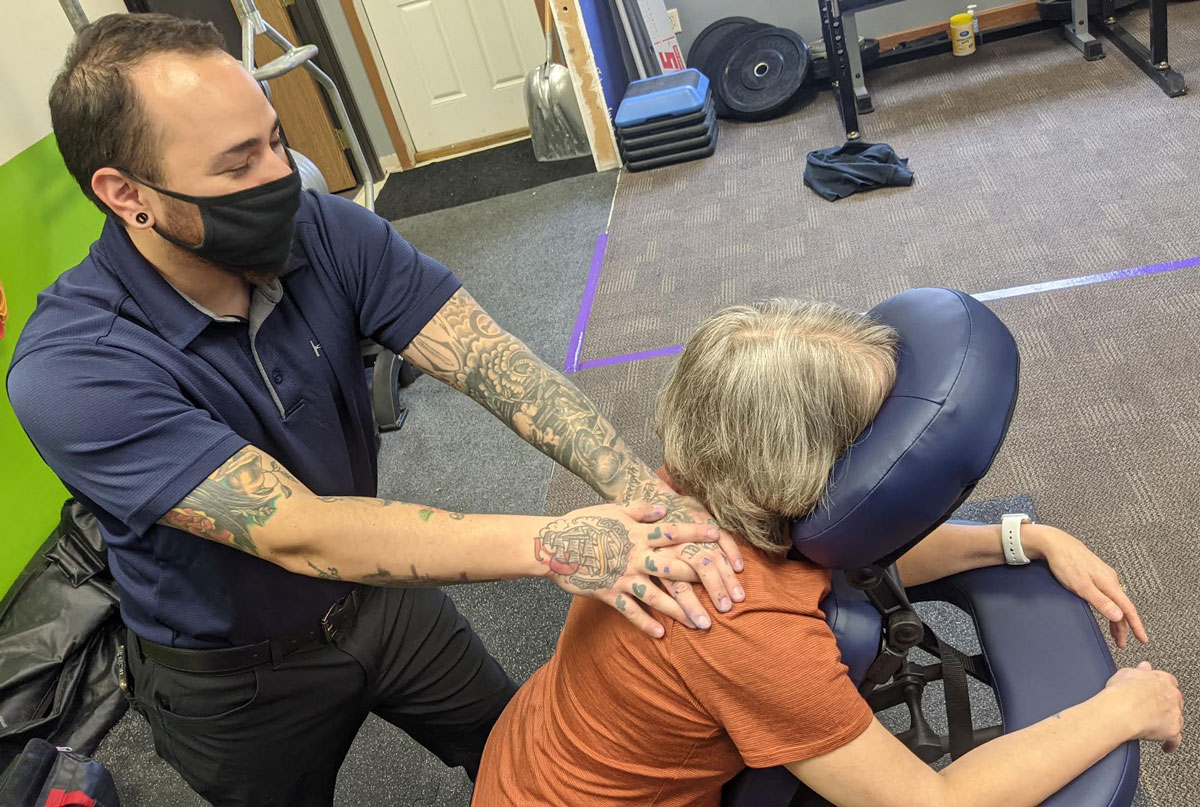
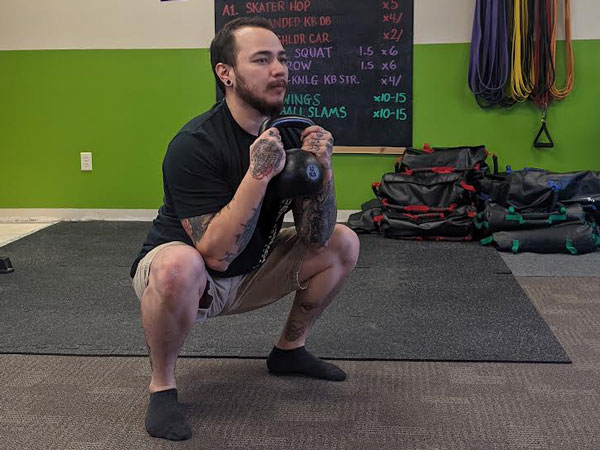
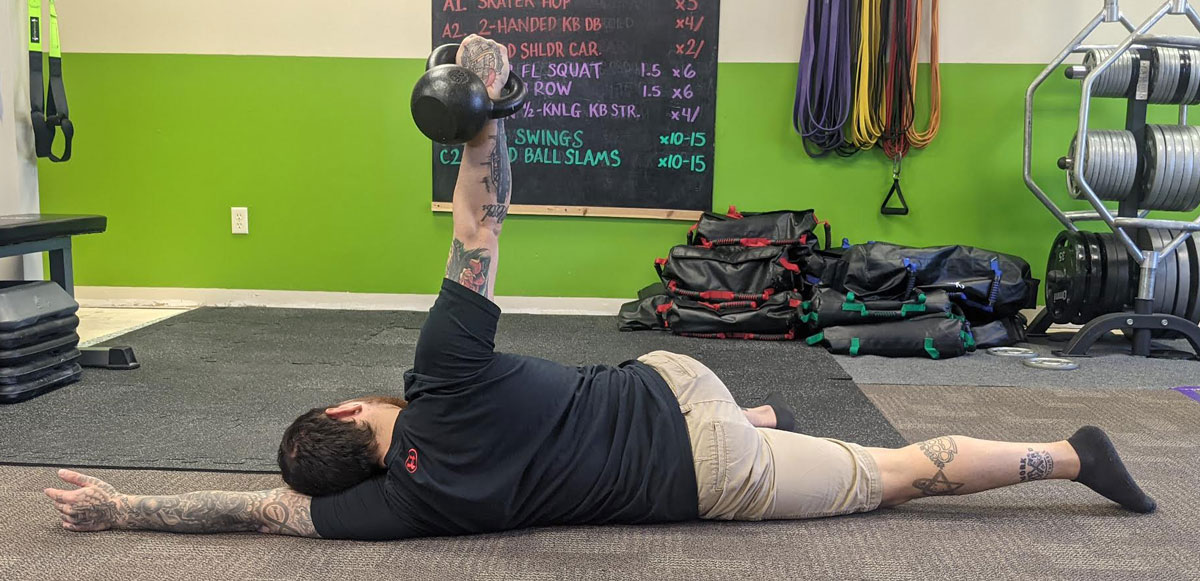
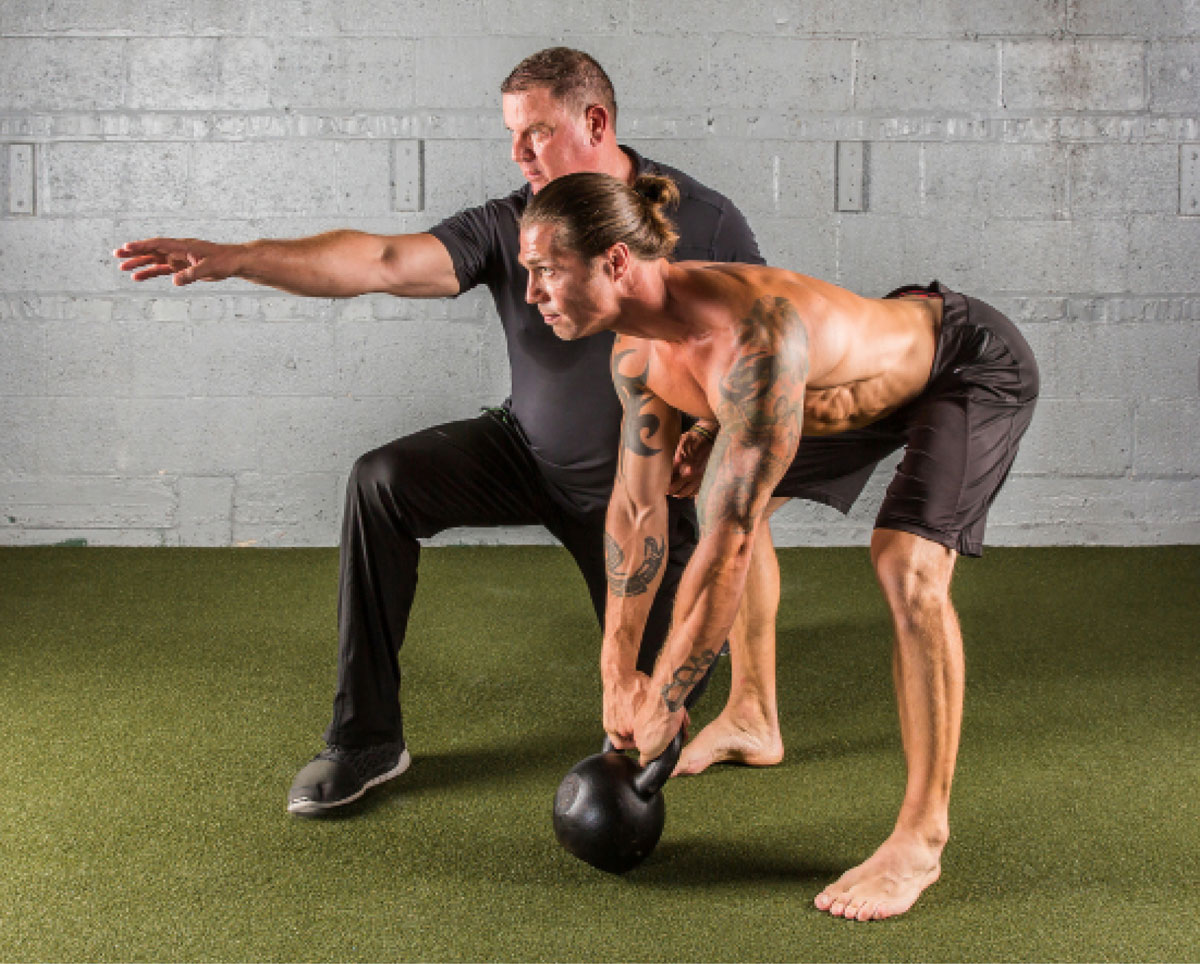
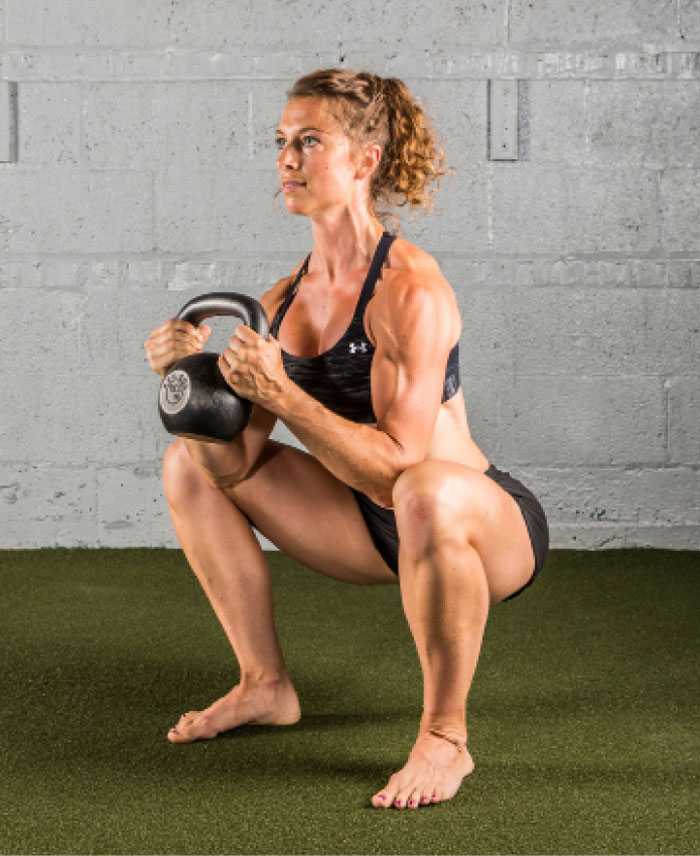
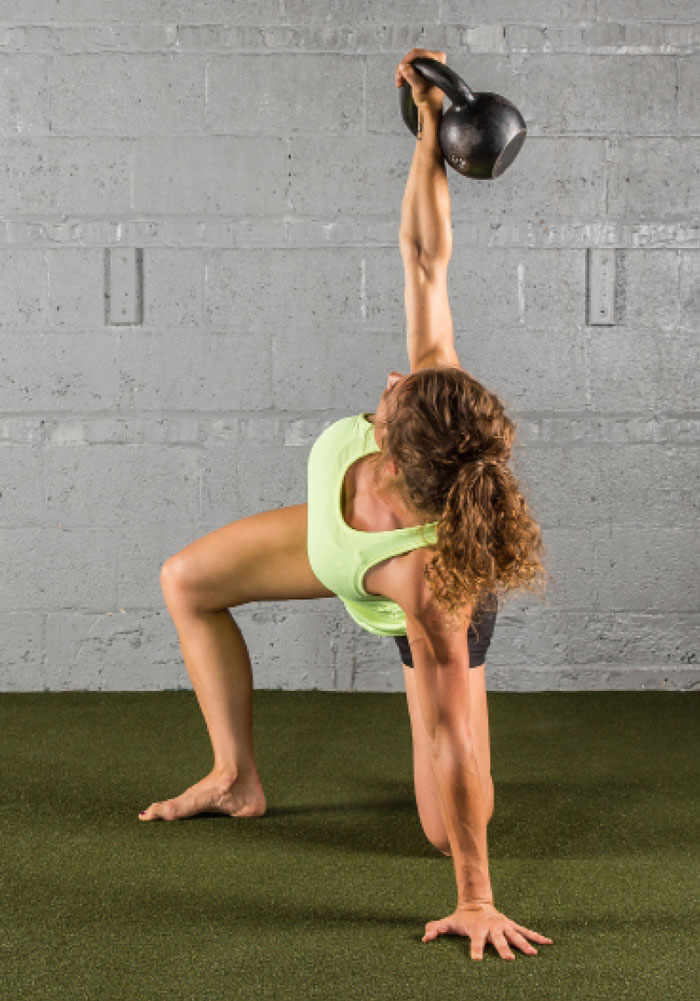 We spend a lot of time in the Kneeling Windmill position, that moment in the Get Up where the loaded hand is high, the loaded leg is in the windshield wiper position and the supportive hand, knee and foot are in a straight line on the ground, and basically do a lot of drills here.
We spend a lot of time in the Kneeling Windmill position, that moment in the Get Up where the loaded hand is high, the loaded leg is in the windshield wiper position and the supportive hand, knee and foot are in a straight line on the ground, and basically do a lot of drills here.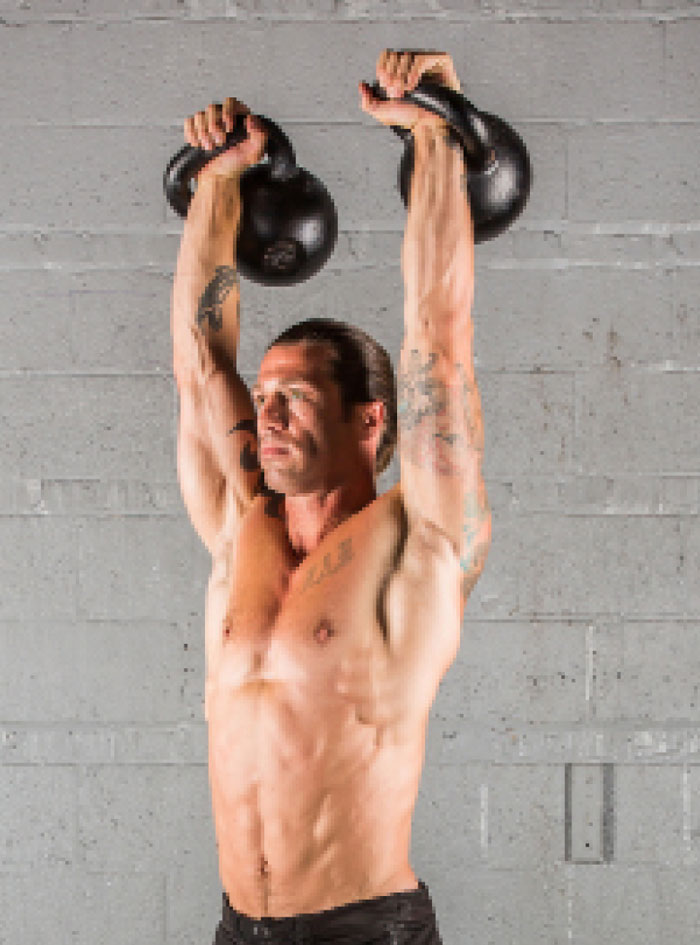 I like doing the Double Clean and Double Jerk for a single rep. Every twenty seconds…for twenty minutes. As many know, my favorite assistant coach is Coach Repetition and few people are still asking questions after minute ten. Learning ballistics demands high reps. Learning ballistics demands some time between reps to regather and reload. At the
I like doing the Double Clean and Double Jerk for a single rep. Every twenty seconds…for twenty minutes. As many know, my favorite assistant coach is Coach Repetition and few people are still asking questions after minute ten. Learning ballistics demands high reps. Learning ballistics demands some time between reps to regather and reload. At the 